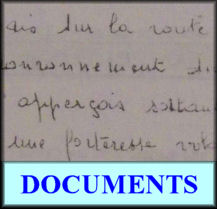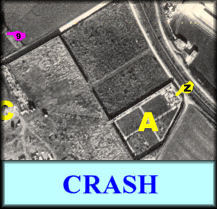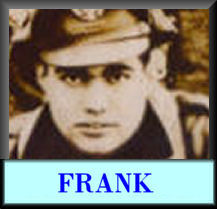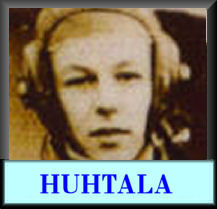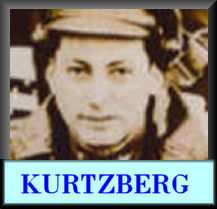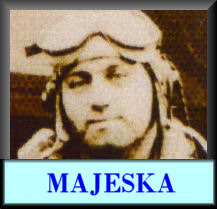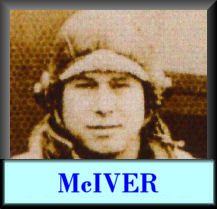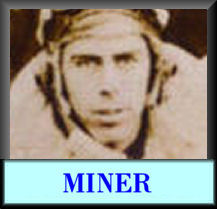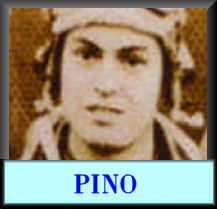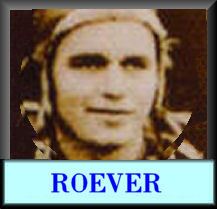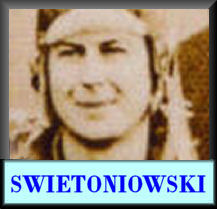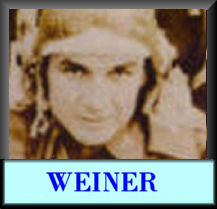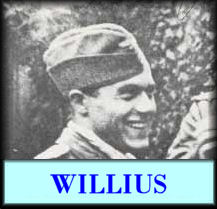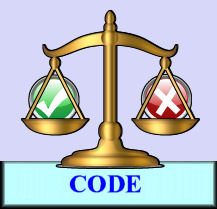(J'avais oublié cette date). (Pour nous, c'était ce qu'on appelait une forteresse volante). Un Dimanche matin, vers 11 Heures, temps tout gris, calme, un ronflement incessant indiquant le passage d'un très grand avion, complètement invisible, direction générale approximative : Coyolles, soit plein ouest, donc avions rentrant à leur base.
L'un de ces appareils, a été vu par LEROY (avec qui j'ai causé), il pouvait voler d'après lui a 1000 m, donc très visible et brusquement on l'a vu se disloquer, et ses débris tomber sur tout Pisseleux, aux environs; les plus éloignés a plus d'un Kilomètre l'un de l'autre, du Pont de la S.N.C.F., M. ROY me dit qu'il y avait je ne sais quoi sur une scierie près de l'abattoir (ou ex-usine a gaz) jusqu'su bout de la rue en cul-de-sac, à droite après le passage a niveau. (MM. WILLOT,SIMBOISELLE habitaient au bout). Un moteur près du pont, le poste pilotage entre deux vaches dans la ferme à l'entrée de Pisseleux. (M. VAN ASCHE et Madame étaient à la messe, deux ou trois enfants seuls, sans blessure). Début d'incendie, des cartouches (??), explosaient, un aviateur a été retire carbonisé.
Huit autres corps disséminés sur le bourg, dont un, juste derrière les W.C. de l'école, ont été rassemblés dans la garderie et fouilles par MM. PALLET et BERNARD, je crois en presence des allemands. II y a eu neufs cercueils vides dans ma classe. Hum!
La plus grosse partie de l'avion est tombée sur la ferme RAMBACH, désaffectée, donc vide, au coin, aussitôt le passage à niveau, Route de Boursonne ou Villers.
Mademoiselle DEQUECKER, souffrante, gardant la chambre, au bruit de l'explosion, regarda par la fenêtre et vit d'une aile, ou d'un bout d'aile, un être humain s'en détacher, peu avant de tomber sur le tas de sciure. C'est elle qui donna l'alerte. On (qui???) se précipita, et très enfoui dans la sciure, on put en extraire cet aviateur, pas tout à fait inconscient. Madame GAUDRON, secouriste, fut appelée et aida à le débarrasser de sa sciure, surtout le visage. En soulevant sa tête, elle constate qu'il saignait. On voulut lui donner à boire, mais il refusa. Madame DEQUECKER alerta les Allemands, on le lui reprocha, mais pouvait-elle faire autrement? Ceux-ci l'emmenèrent beaucoup plus tard, des bruits circulèrent comme quoi, cet aviateur n'était pas mort, donc bruits justifies par toi. Deux, trois jours plus tard, ces neufs aviateurs furent ensevelis au cimetière de Pisseleux, avec un détachement militaire allemand qui rendit les honneurs. Interdiction à la population de suivre. Madame RUDEAUX, portant neufs petits bouquets, suivit à distance, chassée par l'Officier allemand. Elle s'arrêtait, puis repartait. Au cimetière, de nombreuses personnes munies d'une binette ou d'un râteau, faisaient semblant de nettoyer une tombe en guettant le départ des Allemands apresl'inhumation, pour aller déposer quelques fleurs, (?) et sans doute faire quelques prières.
Le lendemain, les quelques pauvres fleurs avaient été saccagées, et un calicot placé sur les tombes portait « ASSASSINS ».Le surlendemain, plus de calicot et le désordre quelque peu reparé .Lejour de l’accident, jamais il n'y a eu tant de monde à Pisseleux, à pied, évidemment, tout Villers voulait voir les débris. Des bruits ont couru, et je crois tres valables, que les personnes qui ont découvert les corps meurtris, les ont délestés subrepticement de bagues, montres ou autres, soit disant, pour remettre ultérieurement à la famille (hum?) ou pour que les Allemands n'en profitent pas (hum?). En tout cas, à la fouille des corps, il y avait bien peu de choses!
Peu après la Libération, des Américains ont déterré les cercueils, mis les dépouilles dans des sacs ou toiles de tentes et les ont emmenées.
Voila, je pense tout ce que je peux en dire, si ce n'est maintenant poser quelques questions. |
|
(I had forgotten that date). (For us, it was what we used to call a Flying Fortress). On a Sunday morning, about eleven o'clock, a grey weather all around, a quiet day, with an unending roar meaning some very big airplane was flying by, completely invisible, heading towards the general and approximate direction of Coyolles, which means dead West, hence airplanes getting back to their base.
One of these airplanes has been seen by Mr. Leroy (with who I talked about it); it could be flying at about 3000 ft according to him, so cleraly visible, and suddenly it has been seen breaking apart, and its wreckage parts falling onto the whole of Pisseleux, in the vicinity; the furthest ones about one kilometer from one another, starting from the SNCF bridge (French Railway Network). Mr. Roy told me there was who knows what on a wood factory near the slaughterhouse (or former gas factory) up to the dead end street, on the right, after the railway road crossing. (Mr. Villot and Simboiselle were living at the far end of that street). One engine near the bridge, the cockpit between two cows in the farm near the entrance of Pisseleux (Mr. Van Asche and Mrs were attending the mass, two or three children left alone, unscathed). A fire opened, cartridges exploded, one charred airman was pulled out.
Eight other bodies spread out around the borough, one of whom, just behind the primary school toilets, have been gathered in the primary school nursery and searched by Mr. Pallet and Bernard, I think while the germans were present. There has been nine coffins in my classroom. Hm !
The greatest part of the aircraft fell on the Rambach farm, left disused, hence empty, at the corner after the railway crossing, on the Boursonne - Villers road.
Mrs Dequecker, ailing, remaining in her room, on hearing the sound of the explosion, watched out by the window and saw a wing, or part of a wing, and a human being parting from it, a few moments before falling onto a sawdust pile. She is the one who gave the alert. People rushed in and, deeply buried in the sawdust, they managed to drag this airman out, not completely unconscious. Mrs. Gaudron, first-aid worker, was called upon and helpt cleaning off the sawdust from him, especially on his face. While lifting his head, she saw that he was bleeding. People wanted to give him something to drink but he refused. MrS. Dequecker warned the germans, and got reproached for having done so afterwards, but could she have done otherwise ? These carried him much later, and there were talks about this airman not being dead, which turn out to be true as I am told. Two, three days later, these nine airmen were buried in the Pisseleux cemetary, with a german military detachment present which paid tribute. People were prevented from following. Mrs. Rudeaux, carrying nine bunches of flowers, was following from a distance, and was pushed away by a german officier. She stopped, then walked on again. At the cemetary, many people handling either a rake or a hoe were pretending to be cleaning a tombstone while on the look out for the departure of the germans after the burial, so that they may lay some flowers and undoubtedly make some prayers.
The day after, the poor scarce flowers had been trashed, and a banner bearing the word "murderers" placed on the graves. On the day after that one, the banner was no more and the mess cleaned. On the day of the crash, there had never been so many people in Pisseleux, walking around, for obviously everybody wanted to see the crash. Rumours went by, that I deem to be quite trustworthy, that some people discovered the bodies and stealthly stole the rings, watches or other items, assertedly to give it back to their families later on (hm!) or so that the germans may not benefit from them (hm!). Be that as it may, on searching the bodies, there were not many things to be found !
Just after the liberation, americans unearthed the coffins, put the remains in bags or tent canvas and carried them away.
Here we are, this is, I think, everything I can say about it, apart from asking for a few questions. |
The fact that the airplanes flew Westward does not mean they were heading back to their base. In their case, having taken off from England, their base was up north.
The so-called "cockpit" between two cows in the Van Assche farm was not the cockpit, but the engine that flew down through the wall, and the tail of the aircraft in the courtyard. Many people unacquinted with aircrafts thought that this was a cockpit.
The charred airman was OS McIver.
The airman having fallen behind the primary school toilets was John Lee Roever.
The sawdust pile airman was Jose "Joe" Pino.
The fact that bodies were searched through by some people belongs to the dark side of that story. This gesture may have been the consequence of poverty caused by the occupation. The majority of people behaved perfectly, not everyone did.
The "murderers" sign is easy to understand: at the time, the French regime collaborated with the germans and kept accusing the allied forces of killing french people during air raids. France was a divided country at the time between those who had crossed the Channel to join De Gaule's forces, those who had remained loyal to the government which collaborated with the germans, those who went underground and kept on fighting and those who stayed at home taking care of their kins. Supporters of Petain considered allied airmen as french people assassins, which was a way of not seeing why bombs fell on our country. The fact that the banner disappered quickly is also a sign that many other people thought otherwise. |
|





